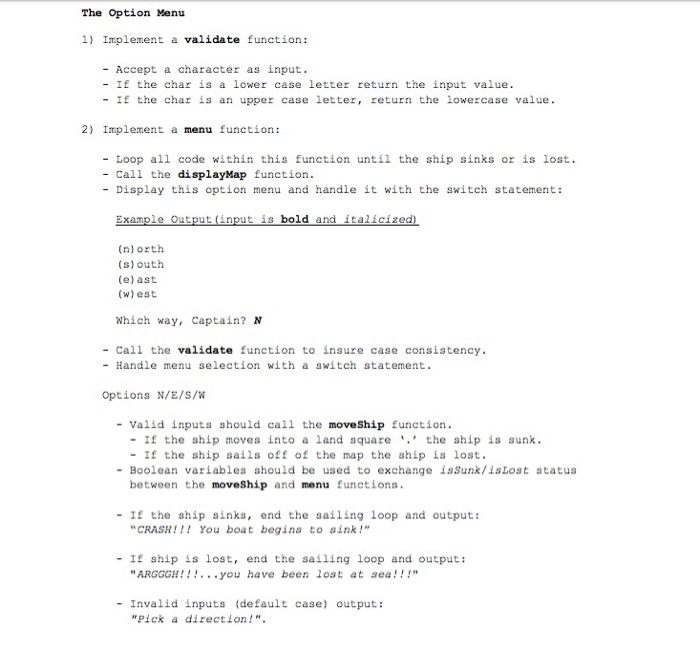
If you are a member of an institution with an active account, you may be able to access content in the following ways: Get help with access Institutional accessĪccess to restricted content on Oxford Academic is often provided through institutional subscriptions and purchases.


This high value of UI is confirmed by our RP estimates and indicates substantial risk aversion given the relatively small drop in consumption expenditures. While the drop in consumption expenditures is relatively small ( |$\sim$|13%), we find that the MPC is around 25% higher when unemployed than employed, translating into a marginal value of transfers that is at least |$60$|% higher when unemployed than employed. The second approach exploits UI choices embedded in the Swedish UI system in a Revealed Preference approach. The first approach considers the difference in marginal propensity to consume (MPC) when unemployed versus employed, which allows to identify the difference in prices to smooth consumption in the respective states.

Exploiting the rich data and unique policy context in Sweden, we propose two alternative approaches that relax this assumption and we implement all three methods on the same sample of workers. Due to the absence of unemployment insurance (UI) choices, the traditional approach to estimating the value of UI is to infer it from the observed consumption response to job loss under some assumption on risk preferences.


 0 kommentar(er)
0 kommentar(er)
